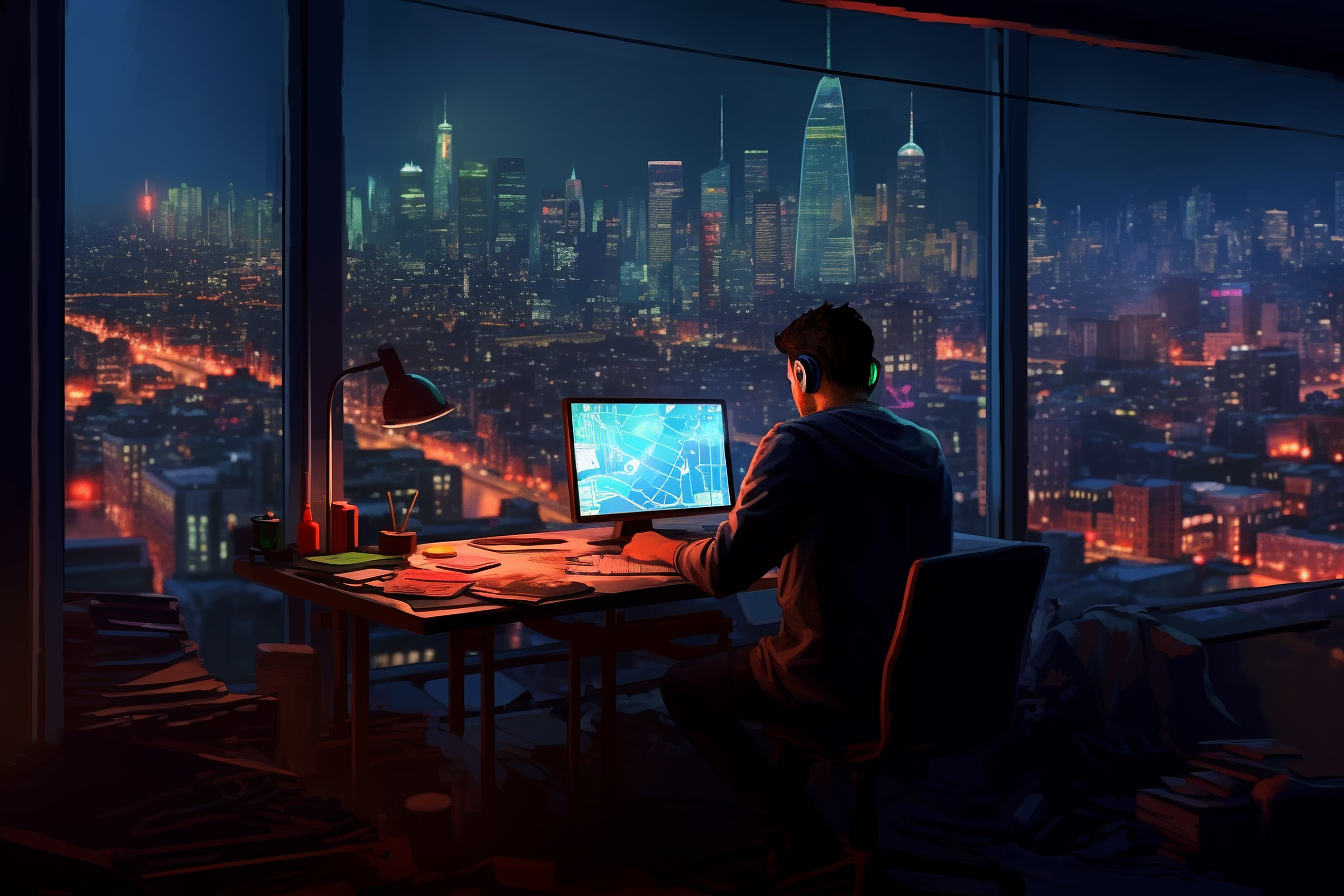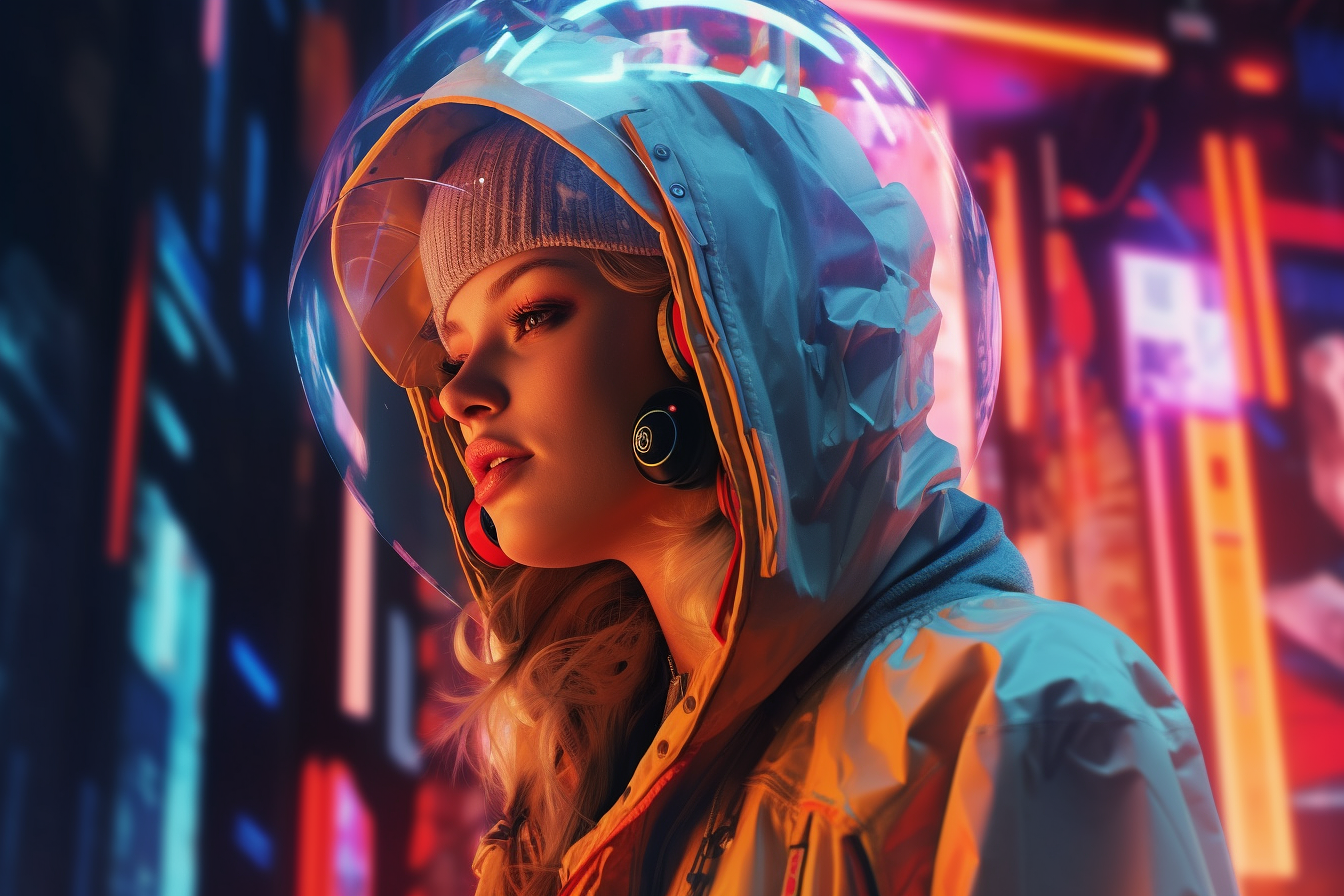
Business In Archviz
Why focusing on the technical aspect will only take you so far
Let's talk about what matters and ask the Graal question : what does really matter in an image?
Or rather, what actually, really, doesn't matter anymore?
Architectural visualization is, just like architecture, at the intersection of many different mediums and topics. It probably is what makes it so interesting, and so diverse. The two main ones being technology, and art.
Technology is an easy one. We are working with more and more advanced tools in order to produce our images (stills and animations, VR, AI, etc) and it's often been the case that technology has been an obstacle to human creativity. "Why is it so complicated to make this shape if I can already picture it in my brain?"
Architectural visualization also has an artistic dimension. I'm usually reluctant to call archviz art, but it is true that its communication relies on artistic principles (because any type of communication relies on artistic principles, because artistic principles rely on perception). Artistic principles are just derived from hard wired tendencies we have in our brain and how it affects our reading of images.
A major shift has started happening in the past few decades and has been accelerating though : technology has turned from a frustrating obstacle, to an incredible enabler (when it doesn't miserably crash though).
And while this in itself sounds like a paradigm shift, there is a shift in focus that still hasn't happened in the community, and the absence of this shift is more and more noticeable.
So why hasn't this shift occured yet?
Why people focus on the tech side?
Let's start with the beginning. Why do people focus on the tech side?
Here I have no definite and extensive answer, but my understanding is that archviz has been seen through the technical lens since its infancy, so that every new artist starting their career will generally start from there. Learn the software, learn some tips and tricks and off you go.
Render engines and 3d modelling software also used to be a bit more picky and complex to navigate. While 15 years ago one would spend more time finetuning their subdivs and optimize a scene with light portals, nowadays you can pretty much setup a scene with the default settings and press render and it will look clean.
It really reached a point where there is that famous "render button", where you just press it, and the image is there, looking amazing. All the fiddling in the settings is useless 99% of the time, for 99% of the people.
Add to that great plugins (iToo, Pulze and the likes) that can really help you streamline your workflow, and everything is here to finally give you time to focus on other things than the technical aspect.
Another thing that makes people focus on tech... is that they are talked into focusing on tech. Litterally all the archviz courses out there that I had a look at have content that is predominantly, if not entirely, focused on learning the software, thus dumbing down the field of archviz to its mere technical aspect.
A direct consequence is that most archviz artists see the possibility of improving their work only through improving their technical abilities. "I need to make better textures", "I need to use higher quality HDRI's", "I need to model stuff more accurately", and while this is true that images will always benefit from improvement in technical accuracy, these benefits quickly become very marginal. Not only do they become marginal in the eye of the artist themself, they especially become marginal in the eye of the end clients (we like to think that clients want "photorealistic images", but 99% of the clients have a pretty fluid understanding of what photorealistic means and will be happy with average looking images technique-wise)
Why people don't focus on art?
So, technique is an obsession. Cool.
What about the artistic side?
Here it becomes fun. Or depressing, depending on your type of humor.
Interestingly I think all archviz artists understand that their is an artistic dimension to making images. I'd dare even to say that I'm pretty sure most of them will agree it's an important part. And yet, in practice, this doesn't show.
My interpretation of the phenomenon is that the technical aspect is perceived as more complex than it actually is. And the artistic aspect is perceived as more simple than it actually is.
Back when I was putting together my first archviz course, I remember reading hundreds of books, blogposts and courses on the topic of composition. Not surprisingly, books written 100 years ago were going in much more depth than 5 minute-videos on Youtube. Not surprisingly, books written 100 years ago were alluding to the fact that beyond the concepts presented remained many other subtleties to learn on the topic while 5 minute-videos on Youtube were oversimplifying the topic and trying to sell you that with these 3 techniques you would be good to go and not need learning more.
So the main reason people don't focus on art, would simply be that they think they know enough,or are told that they know enough. "I'm aligning my building on the left third, and my horizon on the lower third. I'm using a 3-point light just like in the video. So my image is perfect. Let's focus on the texture tiling of that 5 pixel corner now, my client will for sure appreciate!"
Why they should make it a priority?
The consequence of that oversight is pretty simple : most images look the same.
Why do they look the same? Because the technical level is pretty homogenous, and everybody is relying on the same artistic approach to the medium. Sprinkle on top some imagery overdose thanks to Instagram, and we clearly now sail in a sea of undifferentiated archviz images. Even the aggregators of the "best images out there" have become repetitive.
The only images that stand out nowadays, are the ones that boast both artistic and technical mastery sprinkled with a good dose of creativity. In my opinion, an image that is average on the technical side, but compelling on the artistic side, will linger in your brain much longer than a photorealistic rendition of something with poor composition.
After all most paintings from the Baroque or Renaissance are not photorealistic by today's standards, and can still move us. Even the blurry and grainy photos of Moriyama are very evocative. Early AI text-to-image results, while being low res and sometimes clumsy, were much more evocative than most archviz stuff one could see on social medias at the same time (and now it already became quite boring and repetitive itself).
Would they move us more had they been slightly more realistic? Maybe. Does it matter? Nope, because we can still learn a lot from them already, and most archviz images are not even remotely as moving even though they are more realistic.
But maybe this is the heart of the matter. Should archviz move us? Is archviz a topic that actually has that potential?
That article is long already, so the answer will be short : yes. Because the act of "moving" or "making an impact", is basically what our clients are paying us for nowadays (20 years ago they were paying for the technical aspect because there was a huge gap. That gap doesn't exist anymore).
They want nice images (technical) that make an impact (art). Not any impact, but a specific impact (communication and clarity of intent).
So to all the new ecstatic people entering the field, or intermediate artists that are still throwing their money into tech-focused knowledge, stop focusing on making technically accurate images, and start pondering a bit more how much impact they have, and how accurate that impact is.
Your current and future clients will thank you.
Should you want to push your understanding of the fundamentals of composition further, you can check out my online course.
Should you want to push your understanding of the fundamentals of composition further, you can check out my online course.
You must be logged in to post a comment. Login here.
About this article
A major shift has started happening in the archviz industry with the technical barrier to entry being at its lowest. And yet, new artists are still obsessed with the technical aspect of imagery, and still havne't shifted their focus on what really matters in an image.
visibility224
favorite_border2
mode_comment0







